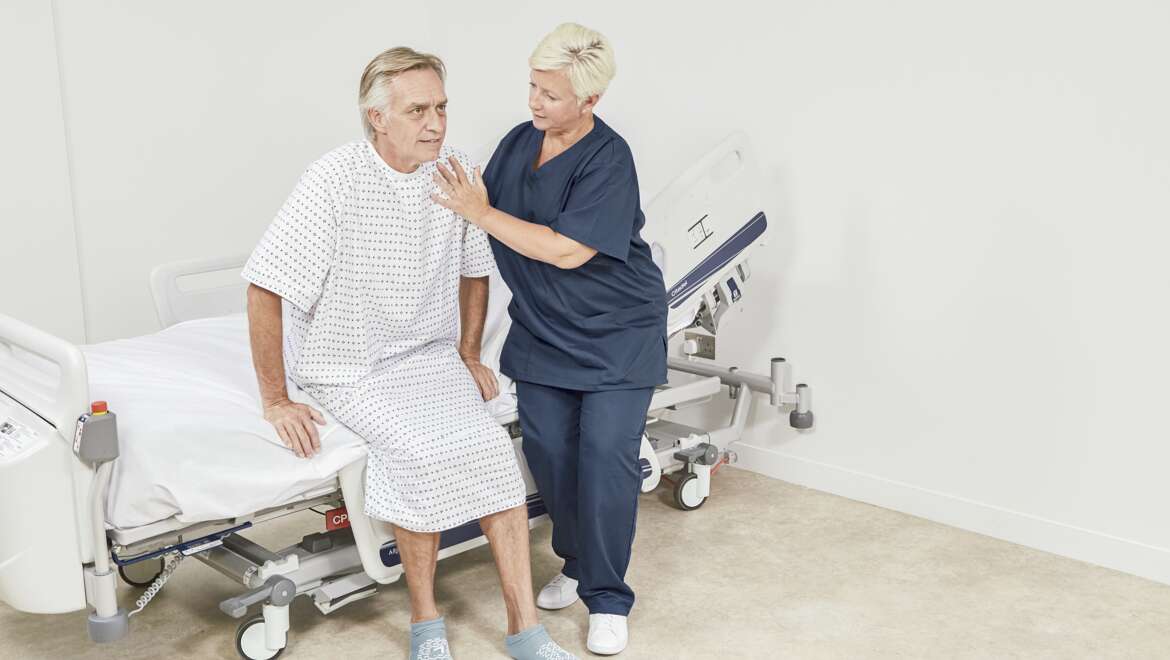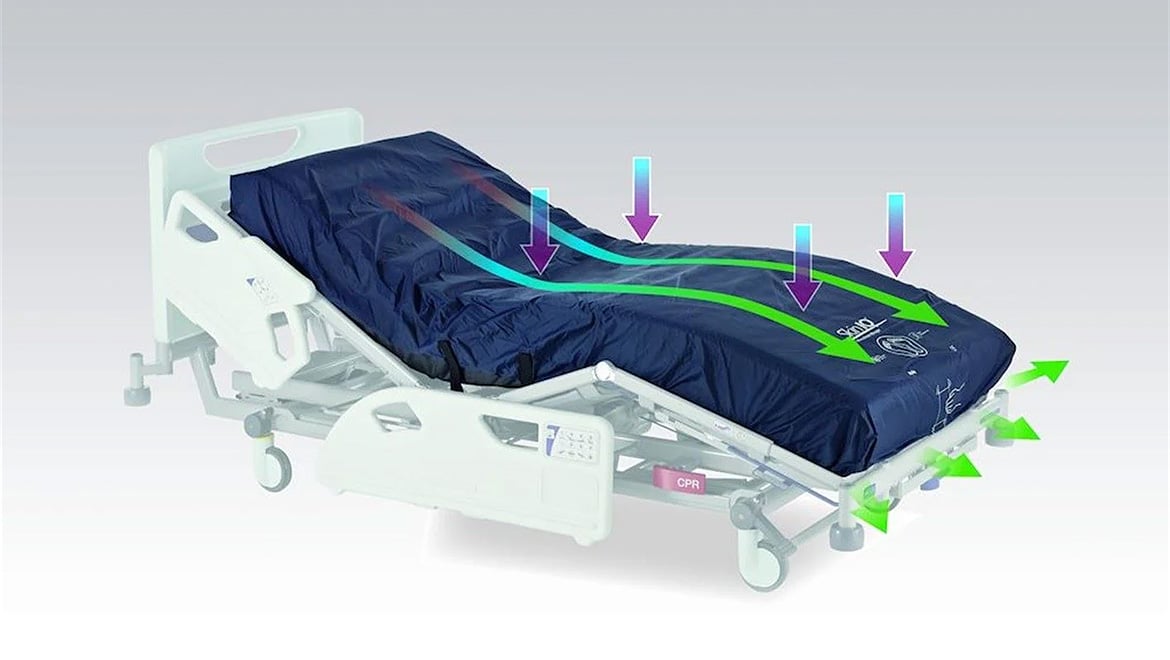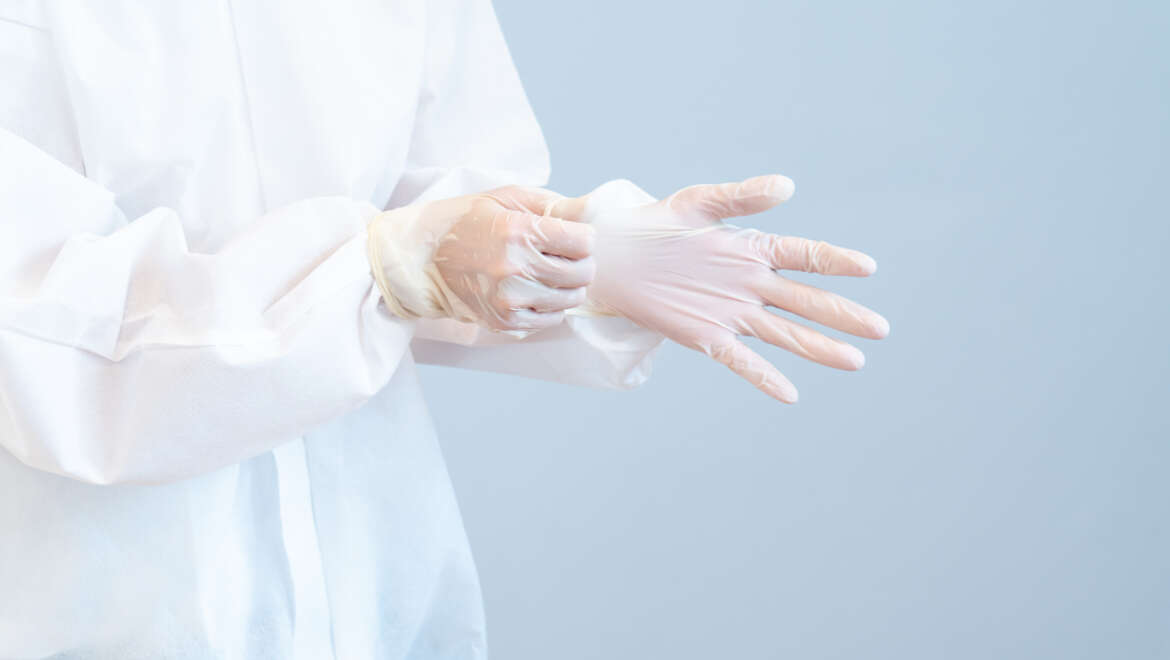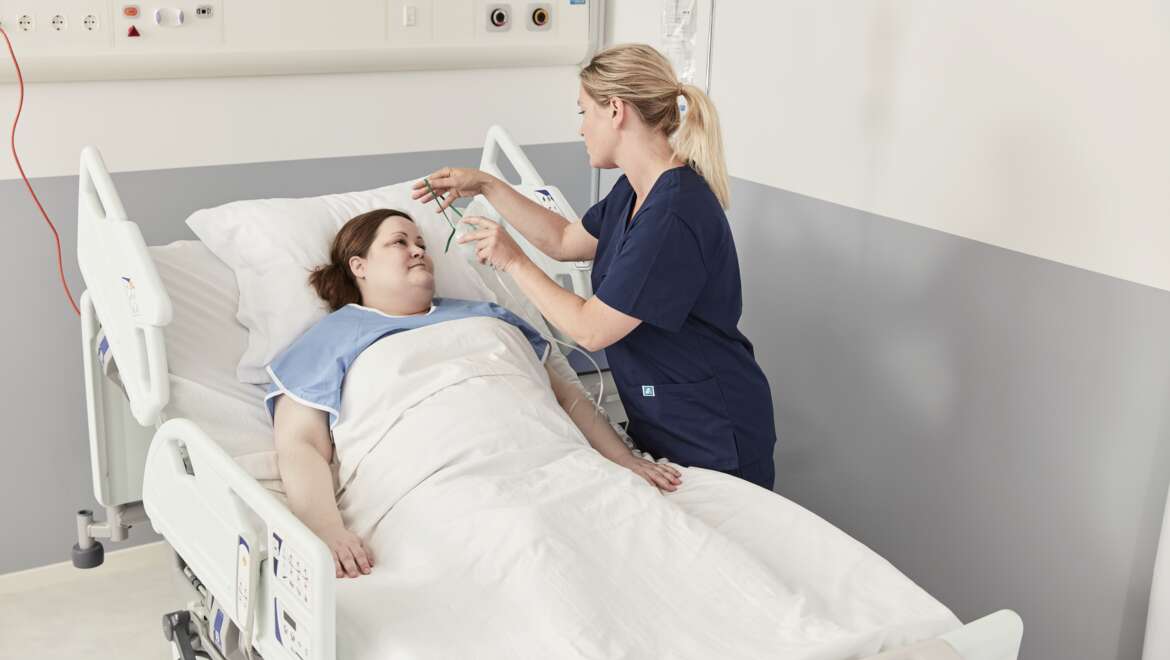How to prevent pressure injury during patient rehabilitation
Empowering movement is fundamental to any patient rehabilitation programme and is a core principle in the prevention of pressure injury development. With the impact of the current pandemic, the focus on mobilising and rehabilitating patients earlier and often throughout the day has never been higher.
Rehab activities versus musculoskeletal injury
However, encouraging and supporting patients to move can be associated with additional risks. Inappropriate methods of patient repositioning and mobilisation during transfer and rehab activities, can pose a risk of pressure injury for patients. This can also be a key contributor to musculoskeletal injury and pain among nurses and therapists¹⁻² and reduce working efficiencies. The financial impact for the organisation can be far reaching³⁻⁴⁻⁵ and reduce the quality of care patients receive.
Patient Repositioning
Patients need to move many times throughout the day, there is potential for increased friction, and shear exerted on their skin through common repositioning and rehab activities. There are also many ‘mobility moments’ during the day which offer patients the opportunity to reposition themselves. Whilst ultimately beneficial from a rehab perspective, this may lead to ‘inappropriate’ movements such as shuffling or sliding across surfaces, potentially creating friction and shear.

Patient Handling Guidelines
The use of Patient Handling technology in rehabilitation can have a positive impact for patients and caregivers, promote healthier outcomes and reduce immobility associated conditions, such as pressure injury development. Current best practice guidelines recommend that safe patient handling and mobility technology positively influences the quality of patient care, mobilisation, rehabilitation and daily life⁶. International guidelines recommend the use of appropriate equipment to assist in lifting the individual and reduce unintended drag⁷.
Rehab activities and transfer devices to help reduce pressure injuries
The use of friction reducing devices such as slide sheets and air assisted transfer devices can reduce risk of pressure injury and reduce the physical load for the caregiver⁸. Using slide sheets and repositioning slings during common rehab activities may help. They can be used to support the therapist to encourage the patient to re-learn to reposition in bed without the need for manual assistance, which can often lead to unintended drag, friction and shear. They can also support patients to reposition themselves more easily, thus contributing to pressure injury prevention and rehab goals.
Standing and raising aids to help facilitate rehab activities
Patients are at less risk of falls when appropriately supported during rehab activities which has a positive impact on achieving rehab goals and avoiding further unnecessary periods of immobility. Standing and raising aids such as active lifts and transfer devices can be used to facilitate mobilisation and rehab activities whilst also promoting patient and caregiver safety⁹. They can also create much needed opportunities for easier skin inspection. Their use within a safe patient handling programme can reduce immobility and is ultimately associated with fewer pressure injuries in patients¹⁰. Using technology as a ‘mobility partner’, reduces the need for physical assistance from the caregiver, freeing them up to provide the therapeutic support required.
It is important that caregivers have access to the right equipment and care skills to be able to empower movement safely and effectively through rehabilitation activities. This is fundamental in promoting healthier outcomes and reduction of harm for those affected by immobility related challenges.
References
1. Richardson et al. Perspectives on preventing musculoskeletal injuries in nurses: A qualitative study. Nursing Open. 2019. 6;915-929
2. Daragh A, et al. Safe Patient Handling Equipment in Therapy Practice: Implications for Rehabilitation. The American Journal of Occupational Therapy. 2013
3. AON Risk Solutions (2016). Healthcare Workers Compensation Barometer. https://www.aon.com/ attachments/risk-services/Health-Care-WC-Barometer- 2016-web.pdf. Accessed March 10th 2020.
4. Wong, C. A., Recktenwald, A. J., Jones, M. L., Waterman, B. M., Bollini, M. L., & Dunagan, W. C. (2011). The cost of serious fall-related injuries at three midwestern hospitals. Joint Commission Journal on Quality and Patient Safety, 37(2), 81-87.
5. Agency for Research Healthcare and Quality 2015. Estimating the Additional Hospital Inpatient Cost and Mortality Associated With Selected Hospital-Acquired Conditions.
6. Mary W. Matz, MSPH, CPE, CSPHP, Patient Handling and Mobility Assessments, a white paper. FACILITY GUIDELINES INSTITUTE (2019).
7. European Pressure Ulcer Advisory Panel, National Pressure Injury Advisory Panel and Pan Pacific Pressure Injury Alliance. Prevention and Treatment of Pressure Ulcers/ Injuries: Clinical Practice Guideline. The International Guideline, Emily Haesler (Ed.). EPUAP/NPIAP/PPIA:2019. Section 8: Repositioning and Early Mobilisation. Recommendation 5.6 Repositioning Techniques. Page 121.
8. Fray M, Hignett S. Using patient handling equipment to manage immobility in and around a bed. British Journal of Nursing, 2015; Vol 24 Issue 6.
9. Humrickhouse R, Knibbe JJ. The Importance of Safe Patient Handling to Create a Culture of Safety: An Evidential Review. The Ergonomics Open Journal, 2016, 9, 1-16.
10. Gucer et al. Sit Stand Powered Lifts in Long term care and resident quality indicators. American College of Occupational and Environmental Medicine. Volume 55, Number 1, January 2013.


_Blog%20Image.jpg)


